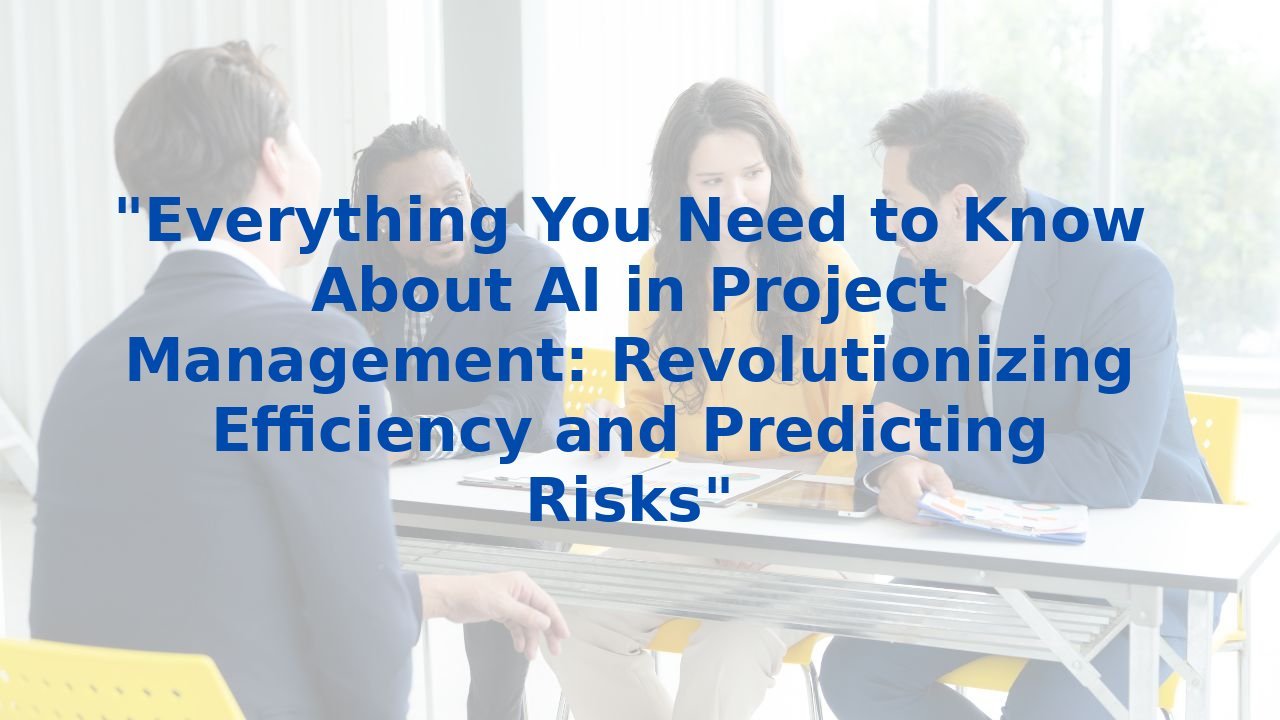Bridging the Gap: A Guide to Uniting Operations and People for a Sweeter Workplace at Krispy Kreme
Bridging the Gap: A Guide to Uniting Operations and People for a Sweeter Workplace
In today’s evolving business landscape, organizations are not just measured by their profits but also by how effectively they manage their operations and build a positive workplace culture. The magic happens when the two—operations and people—work in harmony. Enter the transformative power of Artificial Intelligence (AI). This guide outlines how integrating AI into business processes can enhance operational efficiency and create an empowered workforce, focusing on a balanced approach that benefits both aspects.
The Potential of AI in Business Operations
In an age where speed and accuracy matter immensely, AI stands out as a pivotal player in streamlining operations. From automating mundane tasks to risk management, the adaptability and analytical strength of AI can revolutionize the way organizations function.
1. Automation of Routine Tasks
Imagine a world where mundane tasks like data entry, invoice processing, and appointment scheduling are handled without human intervention. AI can automate these repetitive processes, freeing up valuable time and resources. With AI-powered bots managing such routine activities, employees have the opportunity to unleash their creativity and tackle strategic projects that foster growth and innovation.
2. Process Optimization
Optimization goes beyond just efficiency; it’s about creating a lean, agile operation. AI’s ability to analyze workflows enables organizations to pinpoint bottlenecks and redundancies. By restructuring processes and reallocating resources intelligently, companies can not only accelerate task completion but also drive down costs, ultimately enhancing the bottom line.
3. Quality Control and Assurance
The importance of product quality cannot be overstated, and this is where AI shines. Through real-time monitoring, AI can detect inconsistencies in manufacturing processes. Early detection prevents defects, leading to a superior product and higher customer satisfaction, creating a feedback loop that strengthens the brand’s reputation.
4. Risk Management
Every organization faces risks, but knowing how to navigate them can set a company apart. AI's analytical capabilities allow it to assess market volatility and emerging trends with remarkable accuracy. By anticipating risks and identifying opportunities ahead of time, businesses can position themselves for success, converting challenges into advantages.
5. Supply Chain Management
The dynamic nature of supply chains demands precision. AI’s data analysis capabilities help organizations predict demand fluctuations and optimize inventory levels. Efficient supply chains lead to reduced delays and carrying costs, translating into a smoother operation and better service for customers.
Fostering an Engaged Workforce with AI Training
AI is a remarkable tool, but its real power is unleashed when employees are equipped to harness it. Investing in AI training yields a myriad of benefits and fosters a collaborative culture that thrives on innovation and adaptability.
Understanding AI Systems
To fully leverage AI, employees must understand its functionalities and integrations. Tailored training programs can bridge this knowledge gap, enabling teams to maximize the benefits of AI while minimizing disruptions.
Adapting to New Tools
With new technologies come new tools. Training ensures that employees can confidently navigate AI-powered solutions, efficiently interacting with chatbots and data analytics platforms. An organization that embraces upskilling fosters resilience and adaptability among its workforce.
Enhanced Problem-Solving Skills
AI is not a replacement for human intellect; it’s an augmentation. Employees trained in AI can exercise critical thinking and innovative problem-solving. This synergy between human intuition and AI’s data-driven insights positions businesses at the forefront of their industries.
Cultural Shift
Implementing AI requires a change in mindset. Training programs that promote a culture of collaboration will empower employees to see AI as an ally, fostering an environment where creativity and adaptability thrive. Organizations must champion this cultural shift to successfully integrate AI into their operations.
Conclusion
The integration of AI into business processes is not just about technology; it’s about people. By streamlining operations and investing in employee training, organizations can create a harmonious balance that drives productivity and enhances workplace culture. As the business world continues to evolve, the commitment to bridging the gap between operations and people will determine success in the digital age. After all, a sweeter workplace isn’t just about the products; it’s about the people behind them.
To start your journey in leveraging AI for transformation and improvement within your organization, consider investing in comprehensive training programs designed to equip your workforce with the skills necessary to thrive alongside AI technology. Explore extensive offerings that can cater to your organization’s unique needs.



